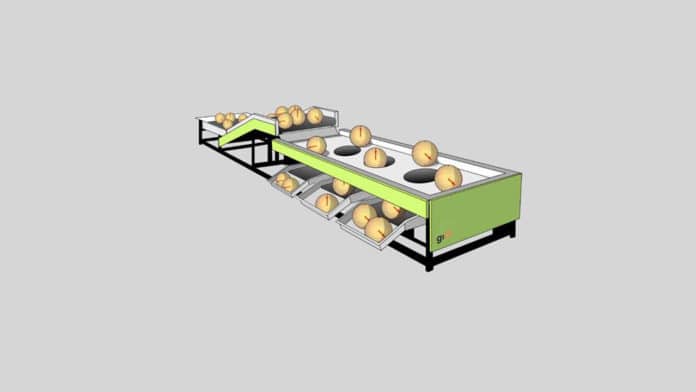Quantum technology is paving the way for the future. In other words, the future is quantum. For example, quantum technologies promise unprecedented applications, such as unconditionally secure communications, ultra-precise sensors, and quantum computers.
Quantum networks form an essential element of quantum computing and quantum communication systems. It facilitates the transmission of information- where quantum computers are envisioned as nodes, connections are established via quantum channels.
However, the design of these quantum information networks comes with new theoretical challenges that make it essential to build up automated information treatment protocols to work with quantum data, as existing communication networks manage information.
Scientists at the Universitat Autònoma de Barcelona have dealt with one of these challenges- the problem with sorting data from a quantum systems network according to the state in which they were prepared.
They, thus, have created a new protocol that sorts and classifies quantum data by the state in which they were prepared, with more efficiency than the equivalent classical algorithm. What’s more, this optimal procedure can identify clusters of identically prepared quantum systems.
The protocol shows a natural connection to an archetypical use case of classical machine learning: clustering data samples according to whether they share a common underlying probability distribution. The problem is similar to how a classical computer discerns the origin of different sounds captured simultaneously by a microphone placed on the street. The computer can recognize patterns and discern a conversation, traffic, and a street musician.
However, unlike soundwaves, identifying patterns in quantum data is much more challenging, since a mere observation only provides partial information and irretrievably degrades the data in the process.
In addition to comparing the performances of classical and quantum protocols, the protocol by far outperforms classical strategies, particularly for extensive dimensional data.
The research was published today in the journal Physical Review X.
